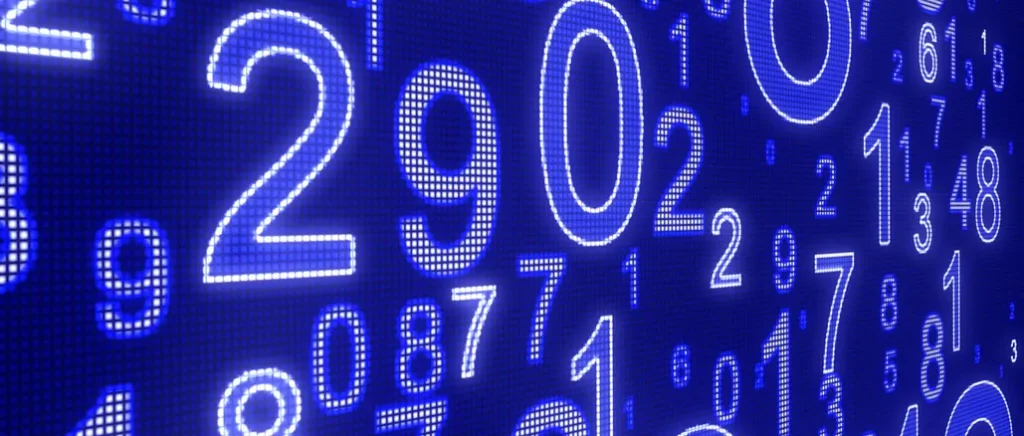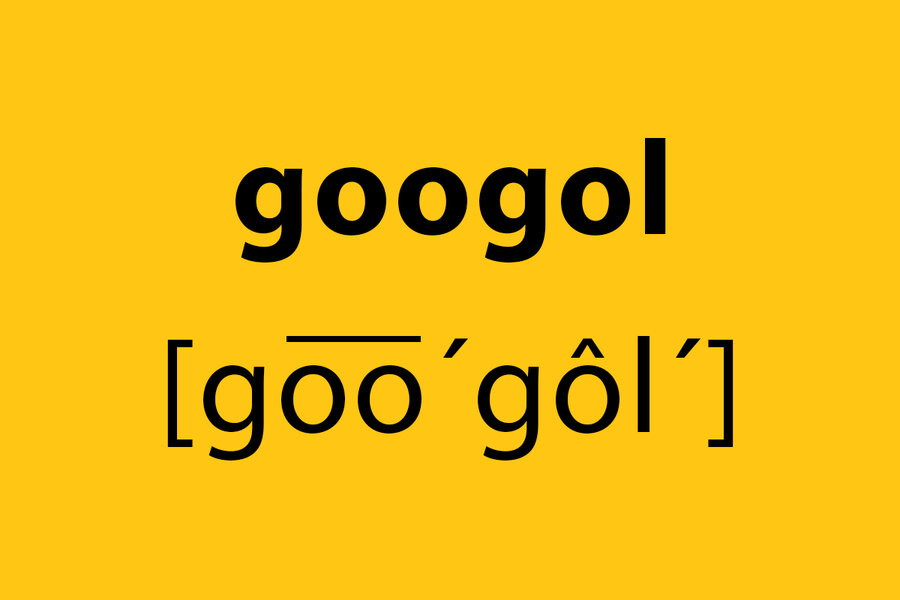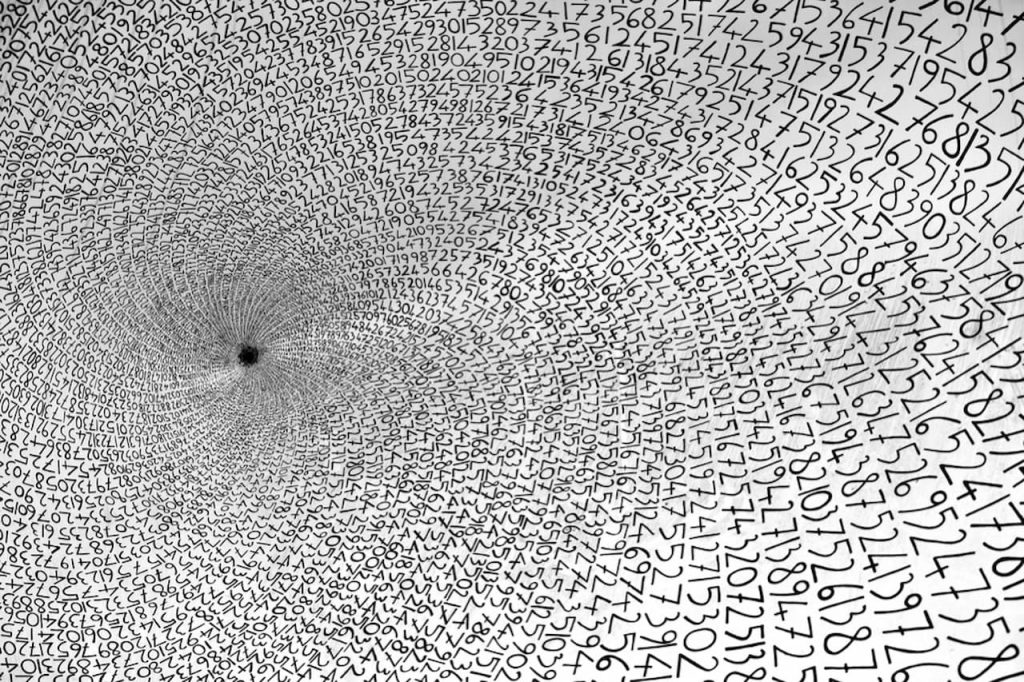
If you’ve ever wondered, “What’s the biggest number out there?” you’re not alone. This question has fascinated mathematicians, scientists, and curious minds for centuries. Let’s dive into the infinite world of numbers, where the answers are as mind-blowing as they are, well, unending.
Numbers: The Infinite Playground
Numbers are all around us—from the time on your clock to the money in your wallet. But when we talk about “big numbers,” we’re venturing far beyond anything practical. A billion dollars might seem enormous, but it’s just a drop in the ocean of numbers.
What if I told you there are numbers so large that writing them down would take more space than the observable universe? Intrigued? Let’s explore!
Starting Small: A Billion
To grasp the enormity of the biggest numbers, let’s start with something familiar—a billion.
- A billion is 1,000,000,000, or 10^9.
- It’s a thousand millions.
- If you counted one number per second, it would take you about 31.7 years to count to a billion.
Sounds massive, right? But we’re only getting started.
The Googol: A Number You Can’t Fathom

Enter the googol, a term coined by 9-year-old Milton Sirotta, the nephew of mathematician Edward Kasner, in 1938.
A googol is 10^{100}—a 1 followed by 100 zeros. To put this in perspective, there are approximately 10^{80} atoms in the observable universe.
Even if you tried to write out a googol, you’d run out of paper, ink, and patience. It’s a number so large it’s impossible to use in any real-world scenario.
Beyond Googol: The Googolplex
Now, let’s take it up a notch—or several notches. Meet the googolplex.

A googolplex is 10 to the power of a googol, or 1 followed by a googol of zeros. Writing out a googolplex would require more space than the universe can provide.
Even if every atom in the universe were a zero, you’d still fall short. The googolplex is so absurdly large it exists more as a concept than something we can fully comprehend.
And Then There’s Graham’s Number
If you thought the googolplex was mind-blowing, let me introduce you to Graham’s Number.

This number is so vast it can’t even be written using regular mathematical notation. Mathematician Ronald Graham developed it in connection with a problem in Ramsey theory.
Here’s the kicker: If you tried to imagine Graham’s Number, your brain would literally fail. It’s far beyond the realm of human comprehension.
Why Stop There? Infinity Awaits
So, is there a “biggest” number? Not really. That’s the beauty of numbers—they’re infinite. For every number you can think of, there’s always something bigger. Infinity itself isn’t a number; it’s a concept. But it’s a reminder that the journey of numbers never ends.
Fun Facts About Big Numbers
Let’s break up the math talk with some fun trivia:
1. Names for Big Numbers: Beyond a billion, we have trillion, quadrillion, quintillion, and so on. The names just keep growing!
2. Infinity Isn’t a Number: While infinity represents unending growth, it’s not an actual number—it’s a concept.
3. Practical Limits: In physics, numbers like 10^43 (Planck time) and 10^80 (atoms in the universe) are considered limits to observable quantities.
Where You’ll Encounter Big Numbers
Big numbers aren’t just for mathematicians. They show up in unexpected places:
Astronomy: Distances in light-years and the number of stars in the galaxy.
Computer Science: Data sizes, like petabytes and exabytes, are growing exponentially.
Cryptography: Encryption algorithms use massive numbers for security.
How Big Numbers Are Used in Real Life
While numbers like a googol or Graham’s Number are mostly theoretical, big numbers have practical applications:
1. Astronomy: Calculating distances between galaxies.
2. Physics: Understanding the limits of the universe, like the Planck constant.
3. Cryptography: Ensuring secure online transactions.
The Bigger Picture: Why It Matters
So why bother thinking about numbers this big? Because they stretch our understanding of mathematics, logic, and the universe. They remind us that there’s always more to explore, whether it’s in science, math, or our own curiosity.
Final Thoughts
The biggest number is not about practicality—it’s about possibility. Whether it’s the googol, the googolplex, or Graham’s Number, these colossal figures push the boundaries of what we can imagine. They remind us that math is not just a tool but a universe of endless discovery.
So, the next time someone asks you about the biggest number, you’ll know where to start—and where the journey might take you. The possibilities, quite literally, are infinite.
What’s your favorite mind-boggling fact about big numbers? Let us know in the comments!
Leave a Reply